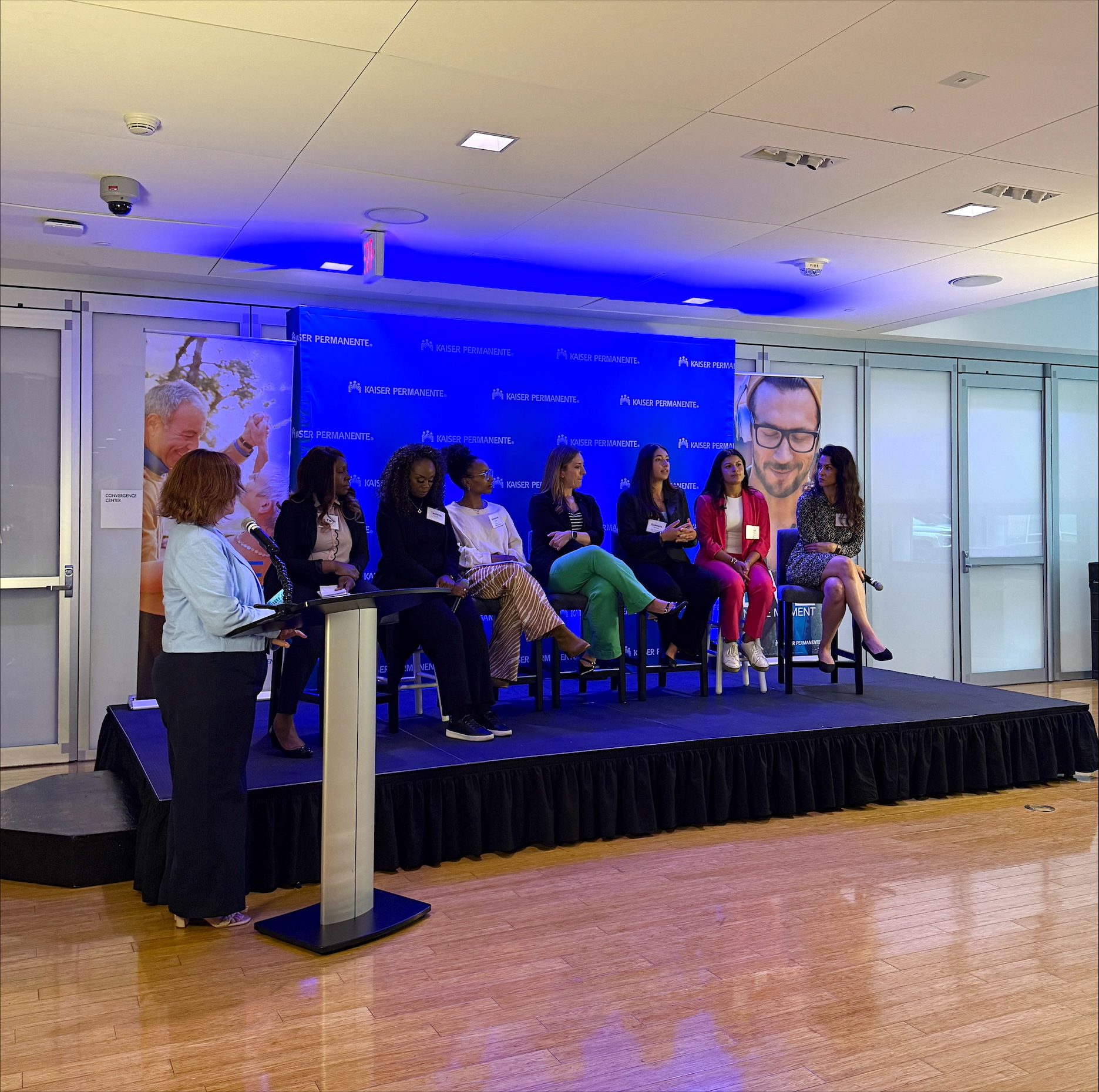We know that many kids receive most of their daily nutrition from school meals. And we know that nutrient-rich fruits, vegetables, proteins and grains are essential to the healthy development of children’s brains and bodies.
At lunchtime, most kids get to make choices about what they will put into their bodies. Thus school lunch advocates committed to growing healthy kids have coined a new refrain: “It’s not nutrition until it’s eaten!”

Earlier this month, at a reception in Sacramento preceding the California School Nutrition Association conference, California Superintendent of Public Instruction Tom Torlakson joined food service staff and others from around the state to help celebrate the success of Smarter Lunchroom school districts. Torlakson remarked that seven agencies have collaborated to train over 500 staff in 150 school districts in just two years.
The Smarter Lunchrooms Movement is indeed moving.
Forward motion has been fueled in part by the USDA’s adoption of the Smarter Lunchroom Movement into mandated student wellness policies and awards programs. To keep the progress kinetic, a new network has been established to offer technical assistance to school districts after staff receive Smarter Lunchrooms training.
Additional trainings will be held in March and April, 2015. More information is here.
The Smarter Lunchroom Movement was created by the Cornell University Center for Behavioral Economics in Child Nutrition Program (the Ben Center), which draws upon behavioral economics to nudge children to make healthy choices.
“Education and health are inextricably linked,” said Peggy Agron, national director of Thriving Schools. “And schools play a critical role in helping young people to establish lifelong patterns of healthy behavior.”
Thriving Schools is a collaborative effort to promote healthy eating and quality physical activity throughout the school day and is led by Kaiser Permanente, which sponsored the reception.
A team of statewide partners are driving the effort to support school food service directors to make lunchrooms smarter in California. These partners include the California Department of Education, California Department of Public Health, California Endowment, California Food Policy Advocates, Dairy Council of California, and the University of California CalFresh Nutrition Education Program.
Food service directors are helping put research to work for kids
It’s the food service director at school who sets the stage for kids’ choices. In addition to creating the menu, food service directors have a central role to play in designing the cafeteria environment in ways that make it easier for students to make healthy choices. And thanks to a movement called Smarter Lunchrooms, training and support are expanding to help food directors to seize the opportunity and excel.
More than 270 food service directors took part in trainings in California in 2014 to learn the core principles of a new area of study that’s immediately relevant: “evidence-based, lunchroom-focused principles that promote healthful eating.”
The trainings showcase free and low-cost strategies from the Ben Center to help schools re-design lunchrooms to improve students’ consumption of healthy foods, including:
- displaying fruit prominently
- making sure students encounter healthy entrees first in the lunch line
- creating a speedier “convenience line” for kids who choose healthy options
- displaying low-fat milk more prominently than other types (and moving the chocolate milk behind the regular cow flavor)
- arranging chips and cookies so that students must request them
For more information on promising strategies to encourage healthy choices, and to understand the research behind those strategies, visit the Our Ideas section of the Smarter Lunchrooms website.




